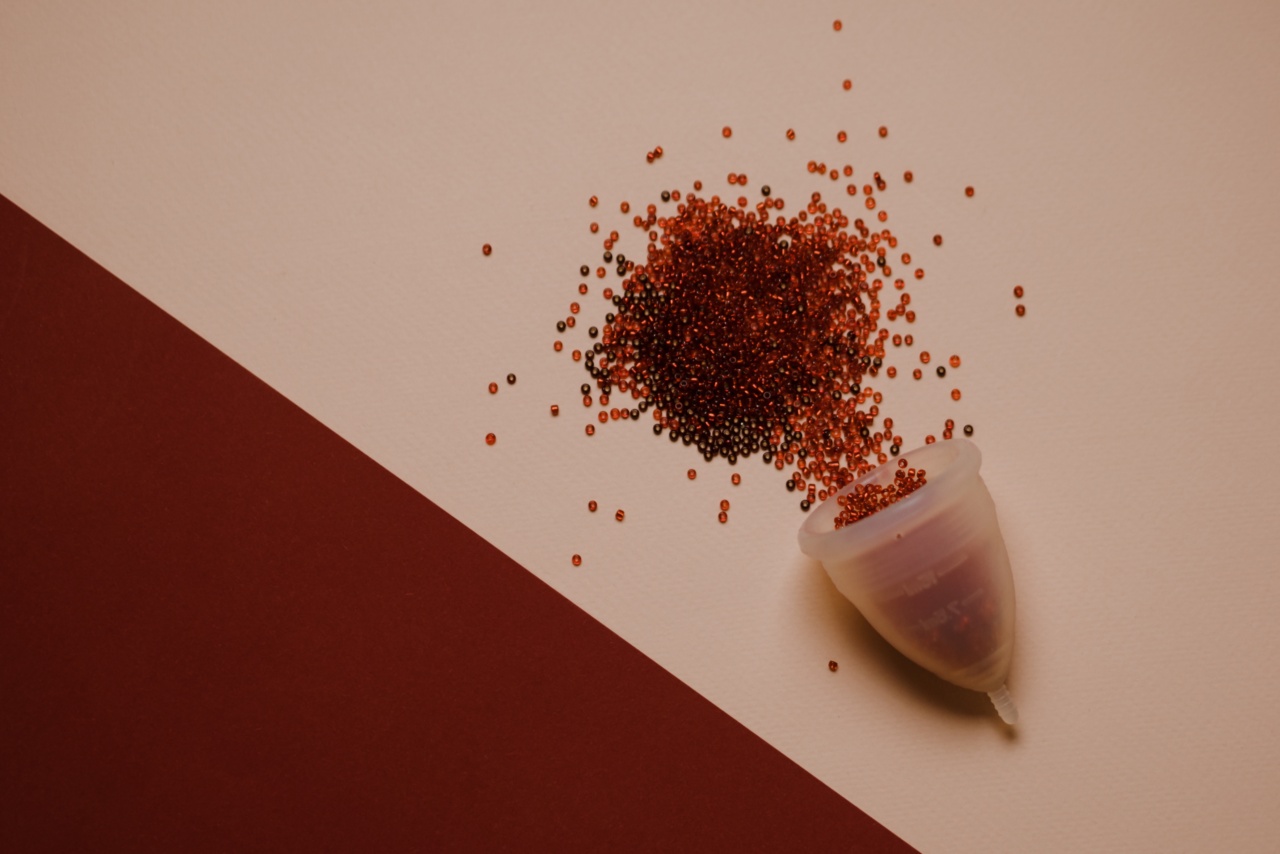Over the past few years, there has been a rise in popularity of vaginal detoxifiers. These include products and practices aimed at cleansing or purifying the vagina. Some proponents argue that this can help with odor, discharge, or even fertility.
However, critics warn that these methods can be ineffective, unnecessary, and even harmful. In this article, we will explore the facts and myths surrounding the notorious vaginal detoxifier.
What is a vaginal detoxifier?
A vaginal detoxifier is any substance or method that is used to clean or refresh the vagina. This can include products like herbal suppositories, douches, pads, or pills. It can also involve practices like steaming, soaking, or massaging the genital area.
The rationale behind these methods is that they can remove toxins, bacteria, or other impurities that may be causing discomfort or health problems. Some advocates also claim that a vaginal detoxifier can balance hormones, regulate periods, or improve sexual pleasure.
What are the risks of using a vaginal detoxifier?
Despite the claims of some sellers and users, there is little scientific evidence to support the benefits of a vaginal detoxifier. On the contrary, there are several risks and concerns associated with these products and practices.
The following are some of the most common problems:.
1. Disruption of the natural vaginal microbiome
The vagina has a delicate balance of bacteria and yeast that help keep it healthy and functional. When this balance is disrupted, it can lead to infections, inflammation, or other issues.
Some vaginal detoxifiers can alter this balance by killing off beneficial microorganisms or allowing harmful ones to thrive. For example, douching has been linked to an increased risk of bacterial vaginosis, yeast infections, and pelvic inflammatory disease.
Similarly, using herbal or chemical products that claim to “cleanse” or “purify” the vagina can strip away the protective mucus or introduce irritants that trigger inflammation.
2. Irritation or injury to the vaginal tissues
The vagina is a sensitive and delicate tissue that can be easily irritated or injured. This can happen if you use harsh or abrasive products, or if you insert objects that are too big or too hard.
Some vaginal detoxifiers can cause physical trauma to the vaginal walls or cervix, leading to pain, bleeding, or scarring. For example, some traditional practices like yoni eggs or jade wands may pose a risk of contamination or fracture. Similarly, steaming or soaking the vagina in hot water or herbal infusions can cause burns or scalds.
3. Interference with medical conditions or treatments
If you have a vaginal infection or a medical condition like endometriosis, using a vaginal detoxifier can worsen your symptoms or interfere with your treatment.
For example, if you have a yeast infection and you use an herbal suppository, you may inadvertently introduce new bacteria or trigger an allergic reaction. Similarly, if you have a history of uterine fibroids or ovarian cysts, using a vaginal detoxifier that contains estrogenic herbs may exacerbate your condition.
4. False claims of effectiveness or safety
Most vaginal detoxifiers are marketed as natural, holistic, or alternative remedies that are safe and effective. However, many of these claims are not backed by scientific research or are based on anecdotal evidence.
Some products may even contain harmful substances that are not listed on the label, such as heavy metals, pesticides, or synthetic hormones. Moreover, the Food and Drug Administration (FDA) does not regulate the safety or efficacy of many vaginal detoxifiers, so consumers may not be aware of the risks or the lack of evidence.
What are some alternatives to using a vaginal detoxifier?
If you are experiencing vaginal odor, discharge, or discomfort, it is important to talk to your healthcare provider to rule out any underlying medical issues.
Depending on the cause and severity of your symptoms, your doctor may recommend some of the following options:.
1. Practice good hygiene and nutrition
Maintaining good hygiene habits can help keep your vulva and vagina clean and healthy. This includes washing with mild soap and water, using clean and breathable underwear, wiping from front to back, and avoiding scented products or harsh chemicals.
Eating a balanced diet rich in fiber, probiotics, and antioxidants can also support your vaginal health by promoting a healthy microbiome and reducing inflammation.
2. Use approved medical treatments or therapies
If you have a vaginal infection or an underlying medical condition, your doctor may prescribe antibiotics, antifungals, or other medications to help alleviate your symptoms.
They may also recommend physical therapy, counseling, or other interventions to address any underlying issues like stress, trauma, or hormonal imbalances.
3. Try holistic remedies or self-care practices with caution
If you are interested in herbal remedies or self-care practices for vaginal health, it is important to do your own research and consult a qualified practitioner.
Look for products or therapies that have been tested for safety and efficacy, and avoid those that make grandiose or unproven claims. Some examples of holistic remedies that may help support vaginal health include: probiotics, garlic, tea tree oil, aloe vera, acupuncture, yoga, or meditation.
Conclusion
The notorious vaginal detoxifier may seem like a tempting or trendy solution to vaginal health issues, but it is important to approach these products and practices with caution and skepticism.
Most vaginal detoxifiers are not regulated by the FDA and may contain harmful ingredients or have no scientific proof of effectiveness. Furthermore, they may pose a risk of disrupting the natural microbiome, causing physical trauma, interfering with medical treatments, or perpetuating myths about female anatomy and sexuality.
Instead of relying on quick fixes or unproven remedies, we should prioritize good hygiene, medical care, and evidence-based research to maintain our vaginal health and well-being.































